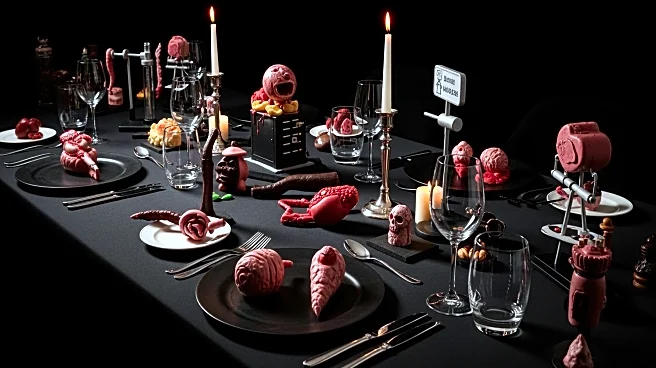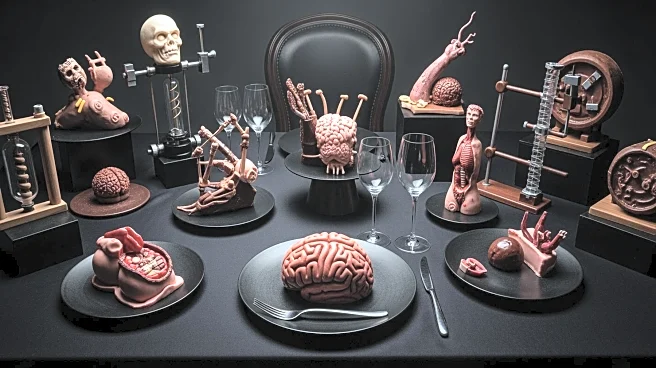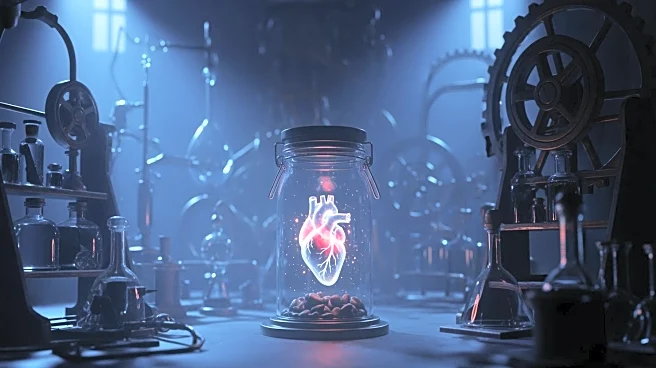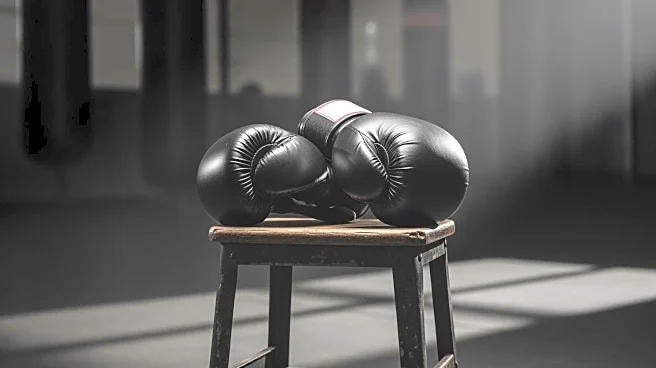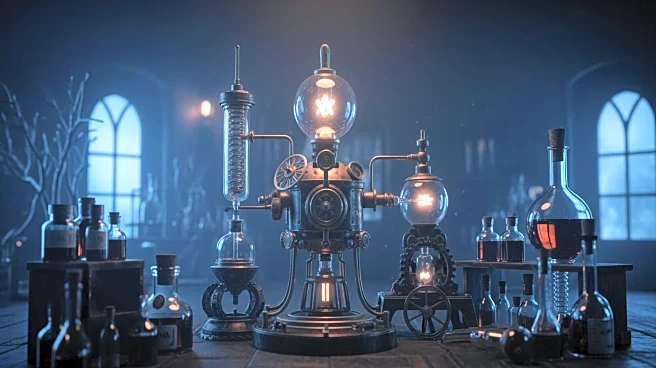What's Happening?
Sarah Hardy, a food artist known as the 'horror chocolatier,' has gained recognition for her unique creations of edible skulls, hearts, and insects. Operating from her home in Sible Hedingham, Essex, Hardy runs
The Edible Museum, where she uses her sculpting background to craft intricate chocolate pieces. Her work has caught the attention of Netflix, leading to her involvement in the latest adaptation of Mary Shelley's Frankenstein. Hardy's creations, including human hearts and beetles, were specifically colored to reflect characters and episodes from the film. The props were delivered to Glasgow for filming, and Hardy expressed excitement about her work being featured in the film directed by Guillermo Del Toro, starring Oscar Isaac and Jacob Elordi.
Why It's Important?
Hardy's involvement in the Netflix adaptation highlights the growing intersection between culinary arts and entertainment. Her unique approach to chocolate sculpting not only showcases her artistic talent but also emphasizes the potential for food art to play a significant role in film production. This collaboration could inspire other artists to explore similar niches, potentially leading to new opportunities within the entertainment industry. Additionally, Hardy's work exemplifies how traditional art forms can be adapted to meet modern creative demands, offering a fresh perspective on how food can be utilized beyond conventional culinary contexts.
What's Next?
As Hardy's creations gain visibility through the Netflix film, there may be increased interest from other filmmakers and television producers seeking unique edible props for their projects. This could lead to further collaborations and commissions, expanding Hardy's influence in the entertainment industry. Additionally, her work might inspire other food artists to explore similar niches, potentially leading to a broader acceptance and integration of edible art in media productions. Hardy's success could also encourage culinary schools to incorporate food sculpting into their curricula, fostering new talent in this innovative field.
Beyond the Headlines
Hardy's work raises interesting questions about the ethical and cultural implications of using food as art. While her creations are visually striking, they also challenge traditional perceptions of food consumption and waste. The use of edible materials for artistic purposes prompts discussions about sustainability and the value of food in society. Furthermore, Hardy's niche as a 'horror chocolatier' touches on cultural themes related to horror and the macabre, offering a unique lens through which to explore these genres in a culinary context.
